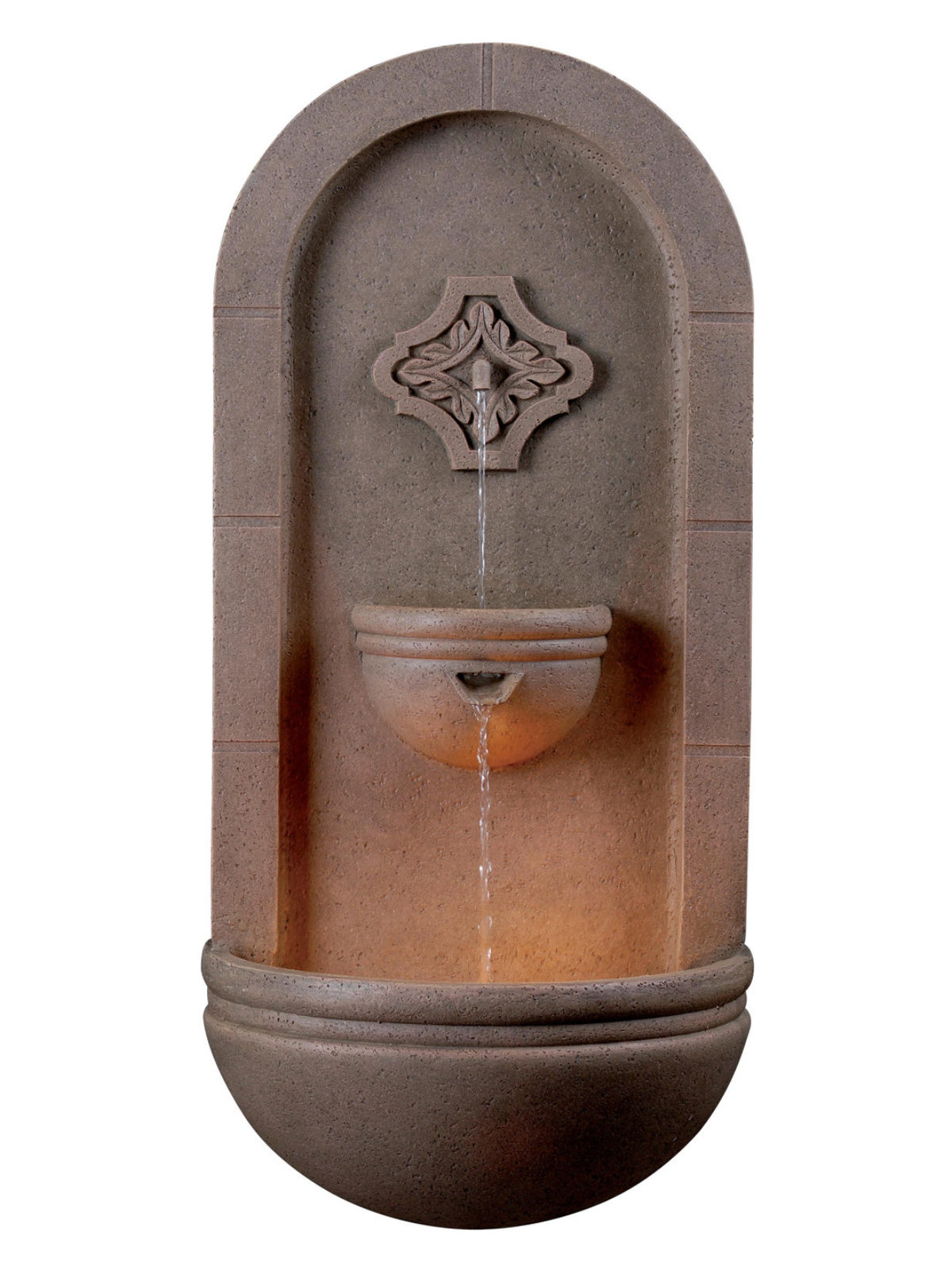Bridget McGill and Eileen Mathy will present a day of reflection at St. Patrick’s on April 9, from 9am-3pm. Bridget and Eileen are spiritual directors in the diocese of Peoria, trained by Fr. Albert Haase and Jessie Vicha. Bridget runs Brigid’s Well, and Eileen is a clinical social worker in private practice.
What is spiritual direction? And what drew you to the practice?!
Bridget: Spiritual Direction is companioning a person along his pathway to discern the presence of God in his life. It is led by through Holy Spirit. After years of service at St. Patrick Parish in various ministries I felt called to serve in a different capacity. Beyond 12 years of Catholic School education I began to explore different programs and was drawn to learn about Spiritual Direction. My yearning for a deeper relationship with God was fulfilled by Spiritual Direction and now I can journey with others as they discover what God is up to on their life.
Eileen: In my life I have often appreciated times of silence and contemplation. Quieting my mind helps me to open up to the impressions of the Holy Spirit and new awarenesses. I like to create opportunities for others to do the same. Spiritual direction compliments the practice of mental health counseling but it is also distinctly different. Typically a directee will come with a concern or an area of growth. Through active listening, we work towards greater psychological and emotional understanding, and through the guidance of the Holy Spirit, deeper spiritual impressions. It is always a privilege to journey with others through this process
Tell us about this day of reflection.
Eileen: We are really excited to focus our attention on three great leaders of the faith who have experienced personal transformations. Our hope is that we will become more aware of those defining moments in our own lives.
Bridget: Together we will look at Thomas Merton, Dorothy Day and Henri Nouwen.
THOMAS MERTON was a trappist monk. In his writings he describes an early life of agnoticism until a very mystical moment where he was drawn into communion with God. As a religious he did much for the aim of promoting unity among the world’s Christian churches and interfaith dialogue. Through reflecting on Thomas Merton, we will explore times in our lives when faith became real and our lives were transformed.
DOROTHY DAY is the founder of the Catholic Worker movement. Her journey suggests to us that when we see life through the eyes of the poor, and our lives are lived in response to that awareness, a deep spirituality and engagement in social transformation can result. Dorothy encourages all of us to seek God’s purpose in our lives.
HENRI NOUWEN is a gifted lecturer and celebrated writer on the spiritual life. He often wrote about his battles with depression and self esteem, observing how others lived out their lives with innate challenges. Henri’s life speaks of a man in search of his true self.
What is Brigid’s Well?
Eileen: While I see directees at my office in Champaign, Bridget created this great little space for reading and reflection.
Bridget: Hidden within The Magic Needle it is located a stone’s throw from St. Patrick Church. It contains a reading library that includes text written by women, a private prayer space, and room for group or individual spiritual direction. A religious center it purpose is to be a font of inspiration. You can contact me at stbrigidswell@yahoo.com.
How do people sign up for the Day of Reflection?
Bridget: To join us for our Day of Reflection fill out the enrollment sheet, include a check for $10 and mail it to: Bridget McGill, 2500 Brownfield Rd. Urbana, Illinois, 61802
Eileen: Sign up sheets are available in the church office and on the table in the foyer. The $10 fee covers lunch. We hope you will consider joining us as we look together at transformations in faith, purpose and self
